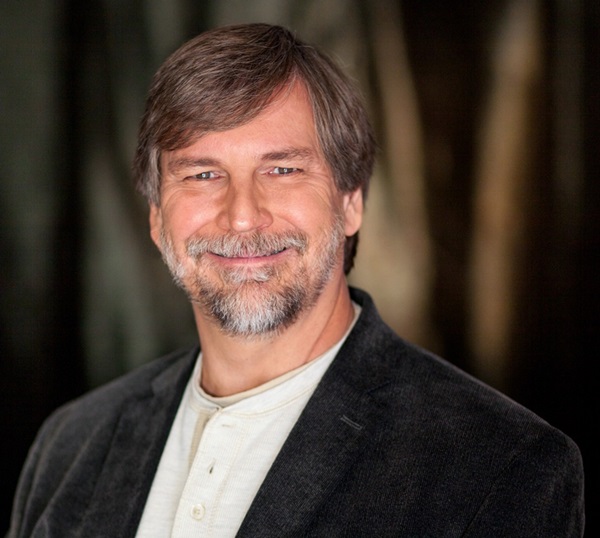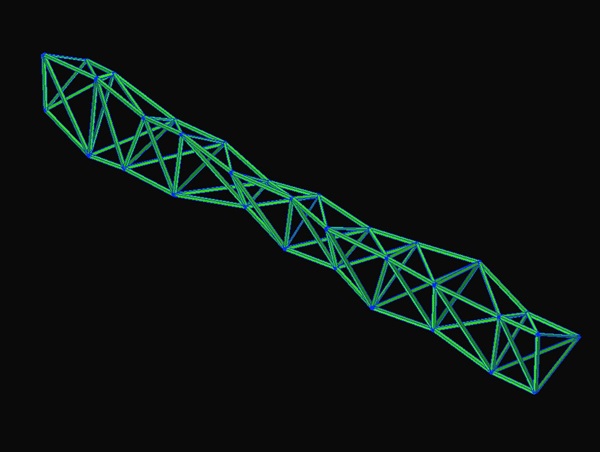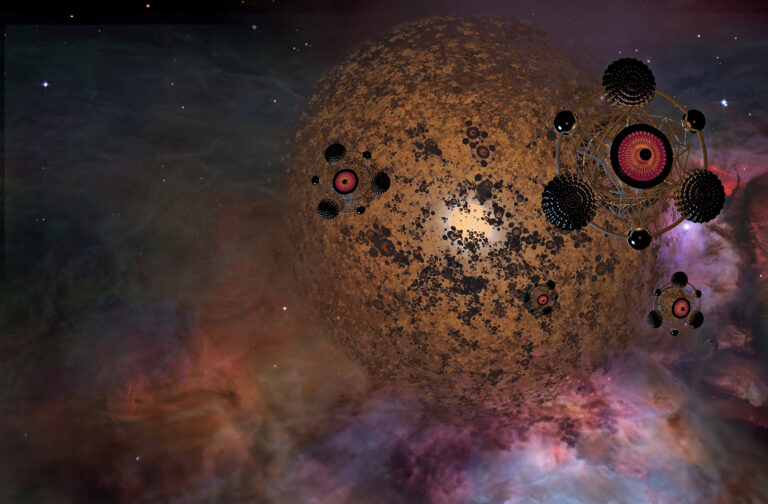Key Takeaways:
Enter Professor Andy Keane. The year is 1994, and Keane and his colleagues at Southampton University in the UK are working to design a much smaller bridge — a truss — that is as vibration-free as possible. They aren’t worried about the extreme oscillations that destroyed Gertie, but they do care about the slight vibrations that would cripple a delicate instrument like an astronomical satellite. They start with a traditional design, but that’s where tradition ends. Instead of using their knowledge and insight to improve the design in clever ways, they metaphorically throw intelligence out the window. They hand the job over to a computer and then kick back and wait to see what happens.
The computer itself is kept intentionally dumb. It doesn’t know anything about engineering design principles. It only can do two things. First, it can make new virtual trusses by combining and randomly changing the properties of existing trusses. Second, it can compare trusses and tell better from worse. Armed with no other tricks up its sleeve, the computer marches along, blindly turning the crank:
Step 2: Evaluate the new trusses, and toss the ones that don’t work so well.
Step 3: Repeat. Again, and again, and again …
Ten generations and over 1,000 virtual trusses later, the computer’s best effort is lopsided and twisted and irregular. It looks more grown than designed. Nobody understands it or has the faintest clue how it works. But it does work. It works very well. The vibrations have been improved by more than 20,000 percent!
Keane was not the first to take this approach to design, and he certainly wasn’t the last. Two decades later, such unguided, blind algorithms are revolutionizing our approach to the shapes of airplane wings and turbine blades, new molecules for industrial and pharmaceutical uses, pattern recognition, communications networks, investment strategies, cancer treatments, and hundreds of other applications.
By the way, life satisfies these two conditions. When evolutionary biologists talk about the first condition, they call it “selection.” When they talk about the second condition, they call it “heredity with variation.” And like any other system that satisfies these conditions, life evolves. Logically, life can’t help but evolve! In one sense, engineers who employ genetic algorithms to evolve technologies are doing something new. But in a deeper sense, they are returning engineering to its roots, tapping the power of the mindless algorithm that has been shaping life for almost 4 billion years.
The public discussion of biological evolution is undeniably muddled. In part that is because people tend to approach it from the wrong direction. Darwin’s voyage on the Beagle deserves to be the stuff of legend, but if you want to understand evolution, forget about finch beaks or fossils. Instead, talk to a working engineer who is using genetic algorithms to evolve a truss.
Once you’ve wrapped your head around how and why a truss gets so good so quickly, you have the understanding you need to approach evolution as scientists do. You can use that understanding of evolution to make predictions about the world and then see whether those predictions hold true. When you do that, you discover that the predictions of evolution are in remarkable accord with all that we see. From the fossil record to the common chemistry of life, to the shared structure of different species — and now to pharmaceuticals, jet engines, and bridges — we live in a world crafted by evolution’s unguided hand.
Jeff Hester is a keynote speaker, coach, and astrophysicist. Follow his thoughts at jeff-hester.com.












